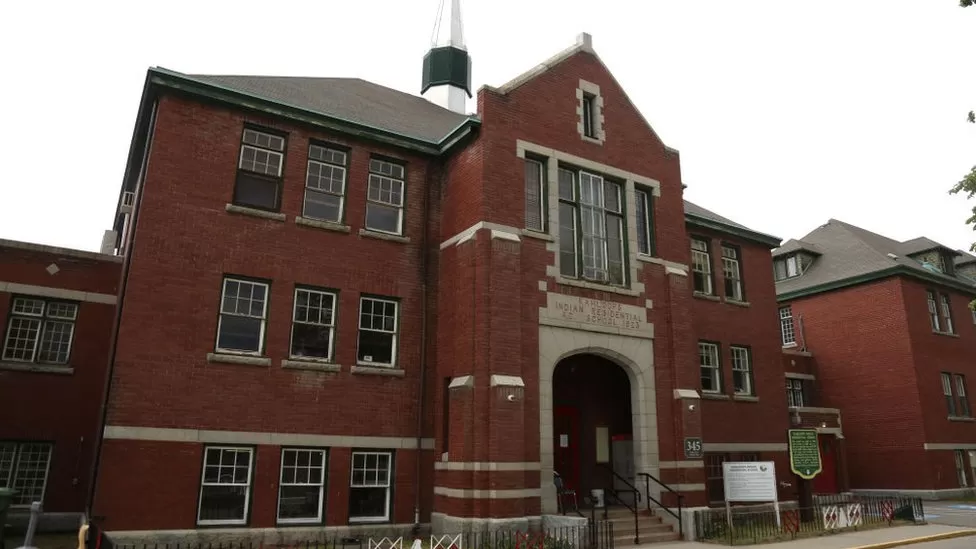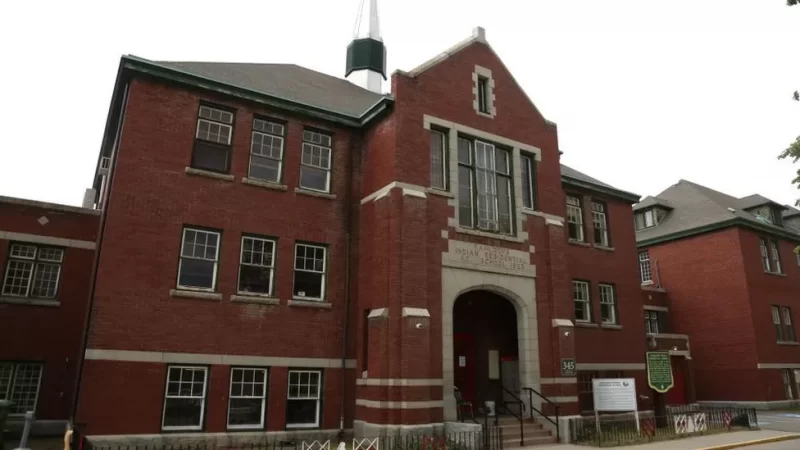Canada settles 2.8 billion lawsuit for residential schools


On Saturday, Jan. 21st, the Canadian government has agreed to pay 2.8 billion dollars to settle a lawsuit brought on by 325 Indigenous groups seeking compensation for the loss of language, culture and identity caused by residential schools.
The money will be paid to a non-profit trust independent of the government, meaning Indigenous groups will have full-access to the funds without government interference.
“I think it’s interesting that it’s another attempt to use the Canadian court system to reconcile the outrageous genocidal actions of residential schools,” Susan Neylan, Associate Professor of History at Wilfrid Laurier University said.
Originally, the TRC (Truth and Reconciliation Commission) was initially organized by Indigenous groups as a way to avoid criminal prosecution while still holding Canada accountable.
“What’s unique about this latest lawsuit is the suing stemmed from students who attended residential schools as day students––who did not stay over, but were still exposed to many of the horrors that characterized residential schools, and that it’s an admission that of cultural damage,” she said.
In this lawsuit, Indigenous groups are holding Canada accountable not just for the physical, emotional and sexual Idigneous groups suffered at residential schools, but are also holding the government accountable for cultural genocide.
“It is saying we are guilty of targeting your language for eradication. We are guilty of making you internalize Canadian colonial attitudes towards your own cultures,” Neylan said.
Over 150,000 Indigenous children attended schools funded by the federal government and operated by religious organizations from the early 19th century to 1996, in an effort to assimilate and destroy Indigenous culture, identities and histories.
The funds from the lawsuit will go towards supporting: healing, education, wellness, heritage and language, aiding Indigenous group’s healing and resurgence.
“It’s way better than the earlier experiments where the government tried to put a price tag on specific kinds of abuses Indigenous groups experienced at the schools and what money you would get, so the idea of acknowledging blame, and saying, “this funding is for you to access”––I think is a better way than trying to pursue things that will retraumatize individuals,” she said.
Although the lawsuit can be seen as a progressive step
Although this is a progressive step forward, there are still concerns as to whether there will be more progress in the near future to further aid Indigenous groups with healing and Indigenous resurgence.
“I believe if it is ratified, the Canadian government can then say, “okay, that’s enough,”” Neylan said.
According to scholars Eva Jewel and Ian Mosby who have been tracking Canada’s records for implementing the 94 calls of action the TRC called for, only 13 out of 94 calls have been completed.
They suggest that at this rate, it will be 2065 before Canada continues to implement all of the calls the TRC demanded.
“Whether a settlement like this will hurry along reconciliation, I believe both of them suggest that maybe reconciliation is not necessarily what’s going to resolve the issue. Maybe that’s more for non Indigenous members of Canadian society,” she said.
Instead of relying on settlements as a solution to reconciliation, Neyaln suggests that Canada should be championing Indigenous resurgence as a way of really making amends for colonial wrongdoing.
“2.8 billion sounds like a lot of money, right? It really isn’t if we acknowledge how the country has been built on Indigenous resources and Indigenous land,” she said.
On top of considering the impact of the loss of Indigenous resources and land, there is language restoration, including Indigenous voices on resource development in their territories, and representing Indigenous peoples in everyday meaningful ways.
“I think it’s sort of not undoing the past, but recognizing the past and making the future more equitable––how do we make amendments? And it could be small steps, and it could be large steps that come with $2.8 billion,” Neylan said.
Featured image credit: Getty images, from https://www.bbc.com/news/world-us-canada-64362246.

